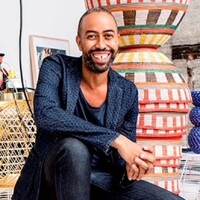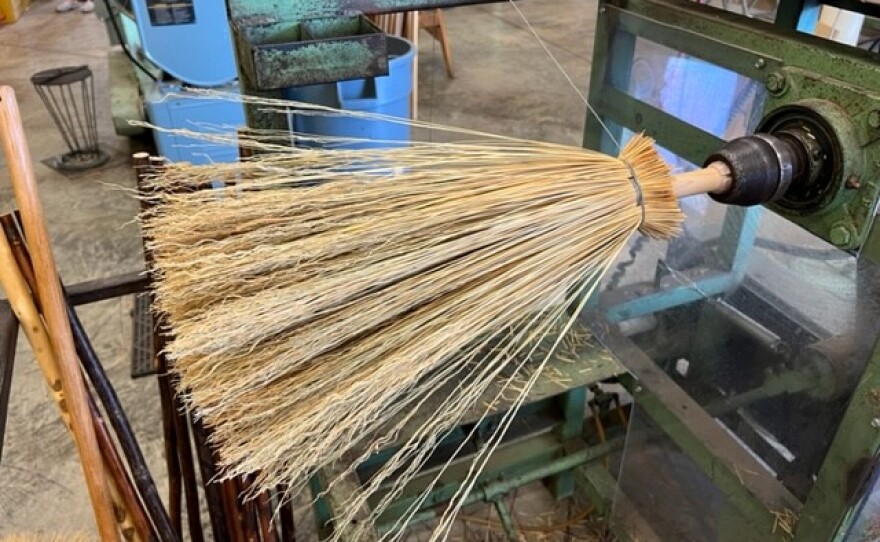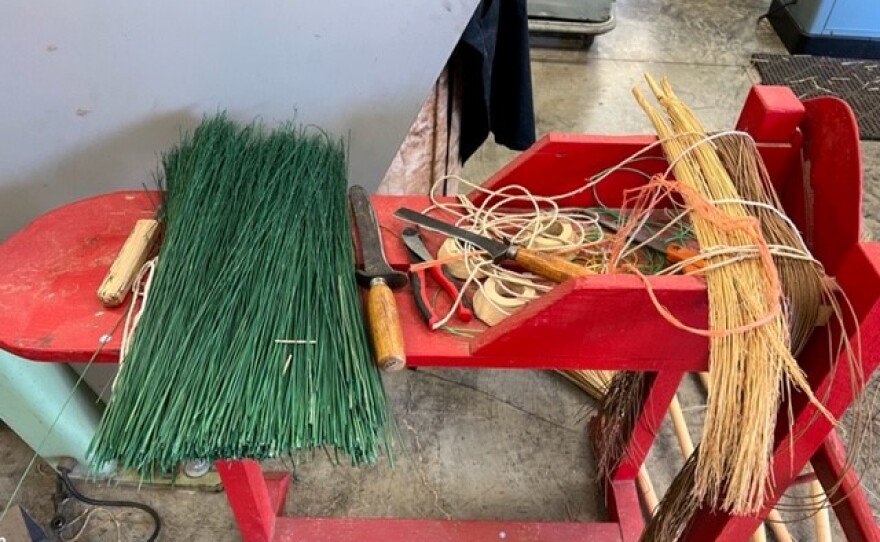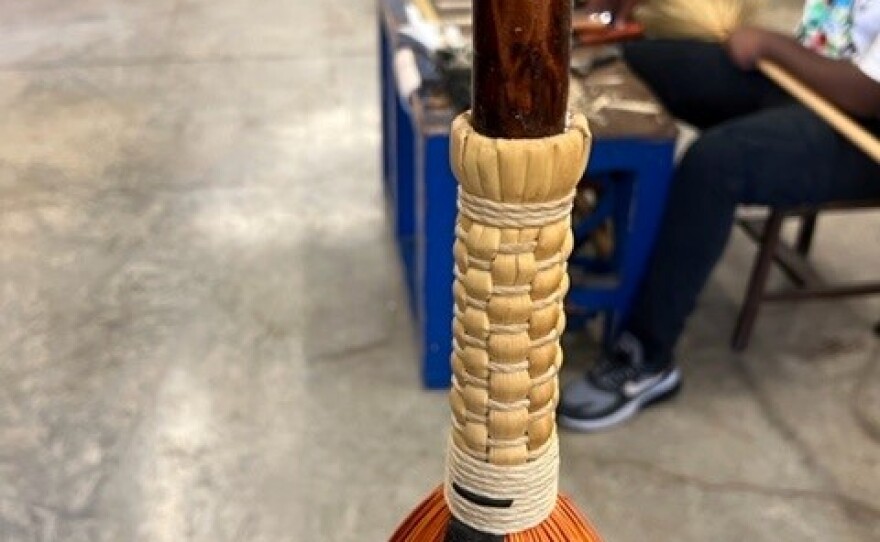For 129 years teachers and students at Berea College have made crafts that earned a national reputation for quality and creativity. Students come from around the world to this Madison County community to learn and work.
At Berea College, tuition is free, but students are required to work at least ten and a half hours a week at the school. In woodworking, some make furniture like stools, tables, and the skittles game. Others learn how to weave colorful blankets, quilts, and placemats.
In Broomcraft, students fashion brooms in bright, vibrant colors like orange, blue, green, and red. During the last few years, Berea College has given students more of a voice in what they create in crafts.
Aaron Beale, Associate Vice-President for Student Craft, says they’ve moved away from mass production to higher quality and student-driven. “We had a real rebirth of creativity here in the program, a real emphasis on the student voice and the student idea.”
The Director of Broomcraft, Chris Robbins, appreciates the new direction in craft making. “I have always liked to push the boundaries of what is considered a functional broom and kind of tiptoe into the art world. I have been making brooms since I was 14 years old. And I’ve always tried to kind of play around with what broom could be. It doesn’t have to sweep the floor.”
In fact, many of the 5,000 brooms they make each year at Berea College end up as art hung on walls. To fuel that new direction in creativity, the school reached out to a nationally recognized product designer.
Stephen Burks travels the world creating products like tables, sofas, baskets, and chairs for big names like Calvin Klein and Harry Winston. Burks, who is black, was intrigued by the history of Berea College.
It was founded in 1855 to educate freed slaves and white students together. In 1910 Berea College was forced to segregate, but in 1950 it became the first college in the South to integrate. Burks also appreciated the craft-making by students.
“It went from hey, can you design a few products for us, so could we reinvent the whole approach to student craft here.” Burks came to Berea College and immersed himself in Broomcraft as art. “I immediately imagined sculpture. If I were to play a role in the making of a broom, what would I make? I wanted to make something that went beyond the functionality of the broom. So many of those brooms are so beautiful that you don’t use them, you hang them on the wall.”
Burks’ message to the Broomcraft students inspired them. “Regardless of where you’re from, regardless of your economic background, regardless of your personal preferences, we can all approach design from our own point of view.” One of the pieces he and the students created is called “Broom Thing.” Made of 26 brooms it’s a four-and-a-half-foot brightly colored orbe that immediately grabs your attention.
Robbins describes “Broom Thing” as “this wild sphere that’s all sticking out, kinda like an atom or something.” Burks believes brooms as art “project so much energy right. You feel the energy of all the maker’s hands that have gone into it.”
Some of the student’s broom creations, including “Broom Thing,” are now on display at Burks’ exhibit at the High Museum of Art in Atlanta. The Associate Vice-President of Student Craft says the collaboration with Burks has helped change the program while also maintaining ties to the past.
Beale says the designer has “a respect for the people who are making them, a respect for the traditions out of which those ideas come from, and all of that really resonates with the founding principles of Berea College.” Most of the crafts made at Berea College are available online, and at the Log House Craft Gallery and the Visitor Center & Shoppe in Berea.
Extra content:

**In a sea of partisan news, WEKU is your source for public service, fact-based journalism. Monthly sustaining donors are the top source of funding for this growing nonprofit news organization. Please join others in your community who support WEKU by making your donation.













